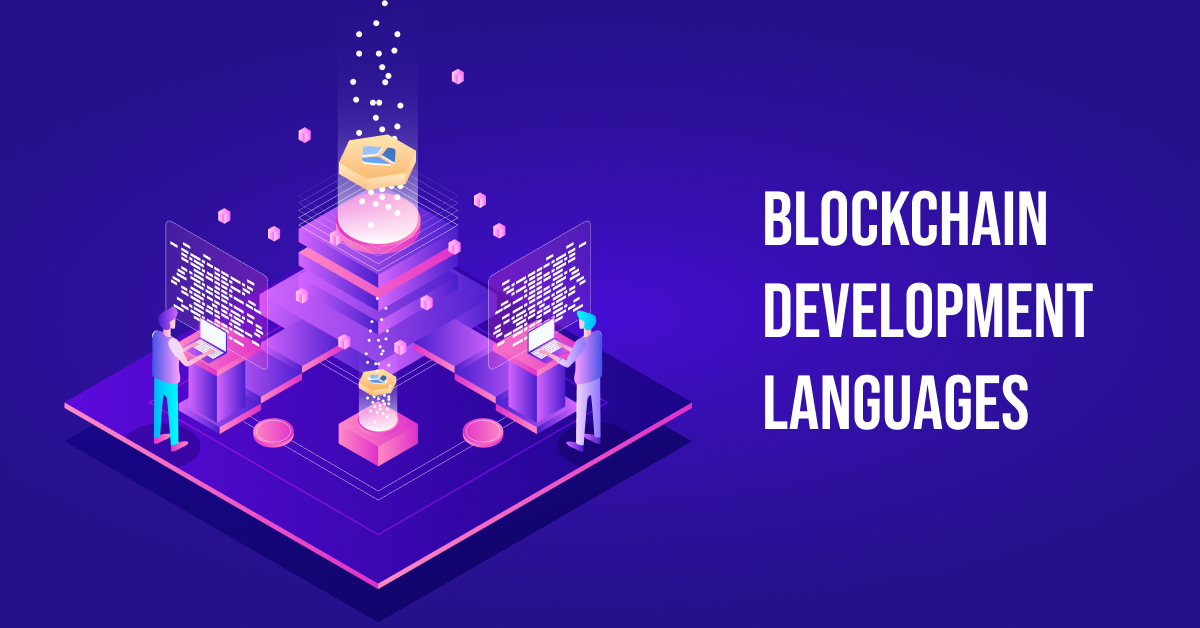
8 Best Programming Languages for Blockchain Development
-
By Paramjit Singh
-
16th May 2024
Blockchain technology has revolutionized the way the world works. Be it healthcare, e-commerce, or fintech, blockchain technology is soaring high. According to Zippia, more than 300 million people are using blockchain for cryptocurrency, which accounts for 3.9% of the global population.
With such an enhanced user base, a lot of people are drawn to blockchain development. We have created a list of the best languages for blockchain that you can use to build your own blockchain solution or app.
Our team of seasoned blockchain professionals has carefully crafted a list of the best blockchain programming languages to provide you with a toolkit for getting started. This blog is a comprehensive guide to understanding the history, pros and cons, examples, and reasons for choosing a language for blockchain development.
Let’s begin.
Role of Programming Language in Blockchain Development
The role of a programming language is pivotal in building efficient, robust, and fast systems by leveraging the power of blockchain technology. Any language for blockchain is utilized to create a solid Hyperledger structure that creates the very foundation of a blockchain application.
These blockchain programming languages can be used to build decentralized apps on various platforms such as Ethereum, Stellar, Tezos, Ripple, Polkadot, Solana, etc. These platforms can be used to build numerous blockchain offerings such as smart contract development, dApps and NFT marketplace development.
List of Best Languages for Blockchain Development
Now is the time to gain an in-depth understanding of top-notch options for blockchain programming languages. We have considered the trendiest languages for blockchain dApps, smart contracts, and NFT development. Based on your utility and expertise level, you can choose the blockchain programming language that suits you best. Here is the compiled list of the best blockchain programming languages.
1. Solidity
Solidity is one of the best programming languages for blockchain development, especially for smart contract development. It is easy to implement smart contracts on a variety of platforms, including the most popular one, Ethereum. The language is based on C++, JavaScript and Python.
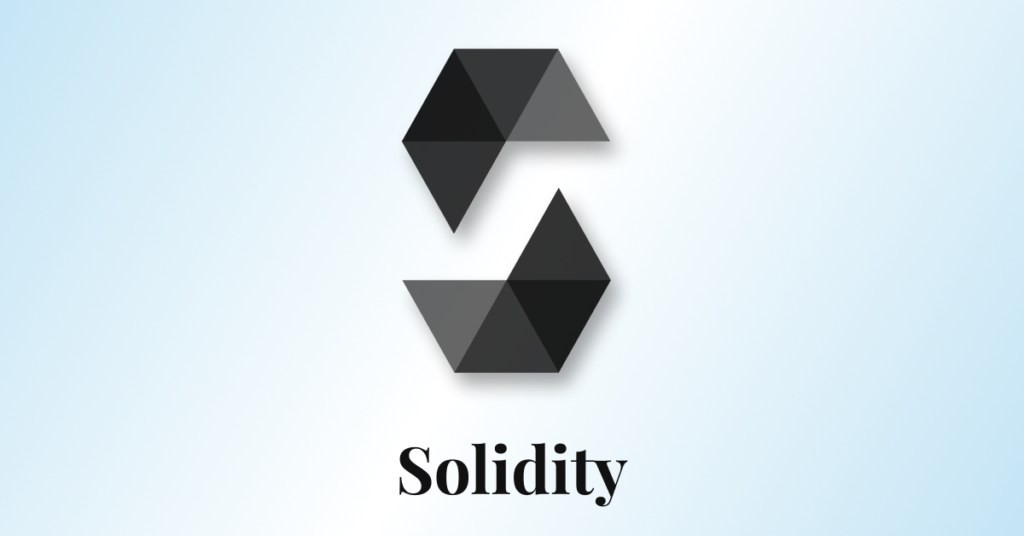
Also read: Understanding Smart Contract Development: Innovate, Code & Execute
Language History
Solidity is one of the most thriving blockchain languages. It first came into existence in August 2014 under the expertise of the design mastermind Gavin Wood, a notable Ethereum co-founder. However, this blockchain language has been developed by numerous Ethereum core contributors, such as Christian Reitwiessner and Alex Beregszaszi.
This language was created out of the need for a programming language that is compatible and easy to use with the Ethereum Virtual Machine (EVM), a runtime environment to execute smart contracts.
Advantages:
- Code Familiarity: Since it is based on existing programming languages, it is easy to work with. This code familiarity makes it simpler for traditional developers to step into the realm of decentralization and blockchain.
- Flexible: Although this blockchain programming language is specially dedicated to smart contract development, it still has the capability to handle complex tasks related to dApp development.
- Diverse Use-Case: Solidity can be used to create complex smart contracts, tokens, lending platforms, games, and decentralized exchanges.
Disadvantages:
- Endangered security and correctness of smart contracts.
- Scalability and efficiency issues of Ethereum.
- Enhanced gas fees.
- Integer overflows.
- Unexpected behavior.
Examples:
- Ethereum: All the smart contracts that are deployed on Ethereum are built using Solidity, which is popularly known as the blockchain programming language for EVM.
- Uniswap: It is a decentralized exchange (DEX) created by an Ethereum geek.
- Compound: An autonomous interest rate protocol created to build dApps and smart contracts.
Pro Tip: You can start coding Solidity on Remix, which is a web-based IDE that lets you code and compile smart contracts.
Final Review:
Great for creating smart contracts on Ethereum.
2. Rust
Although Rust is a newbie, it is one of the best blockchain programming languages for creating decentralized solutions. For the eighth year in a row, Rust has topped Stack Overflow’s annual developer survey as ‘the most desired programming language.’
It is deployed to build secure, immutable and innovative blockchain deliverables. It is a multi-paradigm and general-purpose programming language created for enhanced speed, safety, performance and team collaboration.
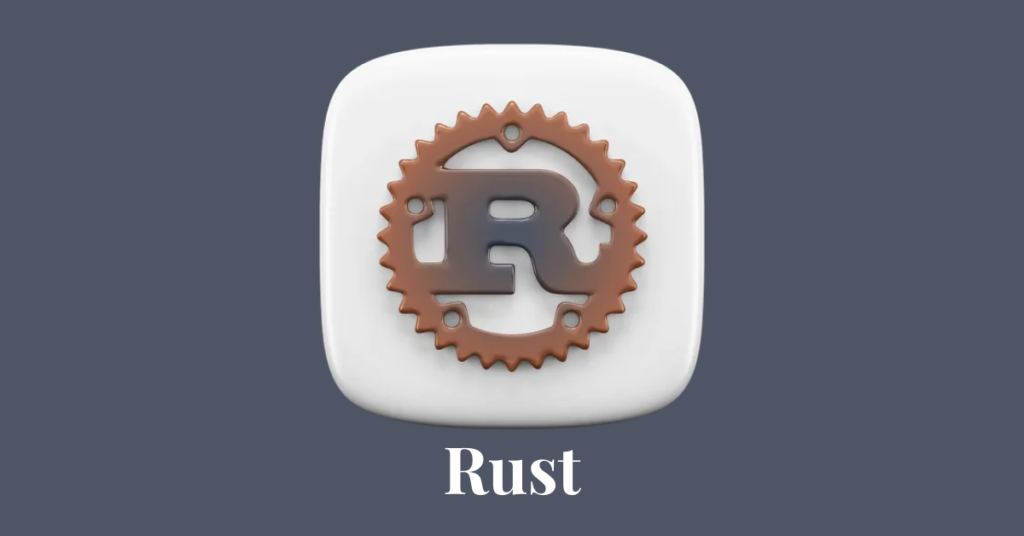
Language History
Rust is relatively younger than other languages for blockchain. A software developer named Graydon Hoare, who was working at Mozilla, started Rust in 2006 as a personal project. The programming language came into existence on 15th May 2015 when it was introduced by the Rust Foundation. Thanks to Gavin Wood, one of the Parity founders who contributed to the enhanced popularity of the programming language.
Advantages:
- Memory Safety & Error Detection: Rust is a static programming language that selects and checks the variable and expression types at the time of code compilation. This makes the language more reliable through safe memory.
- Self-Upgrading: You can easily compile the Rust code into WebAssembly (WASM), which offers its self-upgradability functionality.
- Fast and Reliable: You can write multi-headed programs that run on 16 cores and keep them readable, easy to maintain and efficient.
- Concurrent Programming: Coming with an in-built support, you can work on multiple threads without memory issues.
- Zero Garbage: Rust does not collect garbage. This functionality empowers developers to have precise control over memory.
Disadvantages:
- Access to less number of libraries.
- There’s a significant learning curve.
- It is relatively difficult to maintain.
- It works slower than other programming languages.
Examples:
- Polkadot: This blockchain development platform’s core infrastructure is built on top of Rust. Even its runtime logic is based on Rust.
- IoT Development: Rust leaves no trace of memory-related bugs, supports small binaries, has less runtime, and is efficient; it can be embedded and used to create IoT systems.
- Web Development: Rust supports web development when working on the server side. It can also be used for APIs and high-performance web servers.
Fun Fact:
Rust is named after a Fungi that is “over-engineered to survive”.
Final Review:
If you’re heavy on performance, need efficient memory and want to create any kind of blockchain project with fast runtime, Rust is the answer.
3. Go
If you’re looking for the best programming language that is the easiest to understand, we can name no other language for blockchain development but Go. Similar to Rust, Go is a statically typed language. It is a high-level language and is quite similar to Python and JavaScript since it is user-friendly, scalable, flexible and fast.

Language History
Go is a blockchain programming language designed by Robert Griesemer, Rob Pike, and Ken Thompson at Google in 2007. It was made available as open source on November 10, 2009. Previously known as Golang because of its early domain name, the language came into existence to fill in the gaps of C++.
Advantages:
- Simple Language: There are no complexities or fancy code writing to the language. It exhibits perfect minimalism.
- Easy Learning Curve: This language for blockchain is easy to learn and does not require heavy expertise in coding.
- Built-in Testing: You do not need libraries for unit testing, as Go has its own set of testing and benchmarking tools.
- Binary Execution: There is no need for a runtime interpreter. Therefore, it can compile single executable binaries.
- Cross-Compilation: You can cross-compile out-of-the-box without breaking a sweat, unlike cross-compiling in C.
Disadvantages:
- The code can be less flexible at times since it is a statically typed programming language.
- Access to fewer libraries.
- It offers low-speed performance as compared to Rust.
- It lacks verbose error handling.
Examples:
- Hyperledger Fabric: This open-source blockchain framework allows you to create a diverse range of dApps and blockchain solutions.
- Go-Ethereum: It is one of the original implementations of the Ethereum protocol. It can be used as a library embedded in Android/iOS/Go projects or as a standalone application.
Final Review:
Go is the simplest language for blockchain. You don’t need to think much about creating a twisted logic when writing the code.
4. Motoko
Motoko is an excellent blockchain programming language for creating smart contracts. In fact, it is a programming language used to build directly on the Internet. This means that Motoko directly supports the programming model of the Internet Computer, a public blockchain network platform based on Internet Computer Protocol (ICP). Many professionals consider this language to develop smart contracts in the DFINITY ecosystem (the NPO that developed the Internet Computer).
Also read: How are Public Blockchains Different from Private Blockchains?

Language History
Mokoto is the native language of Internet Computers. It was developed by a non-profit organization called DFINITY and introduced in 2019. It is an actor-based programming language. There are more than 400 repositories on GitHub related to Mokoto.
Advantages:
- Memory Allocation: Mokoto has a developed garbage collector that automatically adjusts memory when a database is no longer in use.
- Safe Upgrades: This blockchain programming language also supports safe canister upgrades.
- Built-in Support: The language offers support for orthogonal persistence, which means that the program adopts the illusion of running “forever” and keeps its memory alive.
Disadvantages:
- It is difficult to test and debug Mokoto programs.
- It does not allow setting breakpoints or setting through code running on the live network.
- Since the language is new, there is not a wide user base for it.
Examples:
- Internet Computer: A public blockchain based on the Internet Computer Protocol (ICP) for implementing secure and tamper-free smart contracts.
Final Review:
You can use Mokoto for your smart contract development project, especially if you want to build directly on the Internet Computer.
5. C++
C++ is yet another wonderful high-level programming language for blockchain app development. It is one of the oldest languages and has a proven track record in blockchain development. I’m quoting this because even Satoshi Nakamoto himself used C++ programming language to create the Bitcoin chain. Later on, it was also used to build Dogecoin, Qtum, Litecoin, etc.
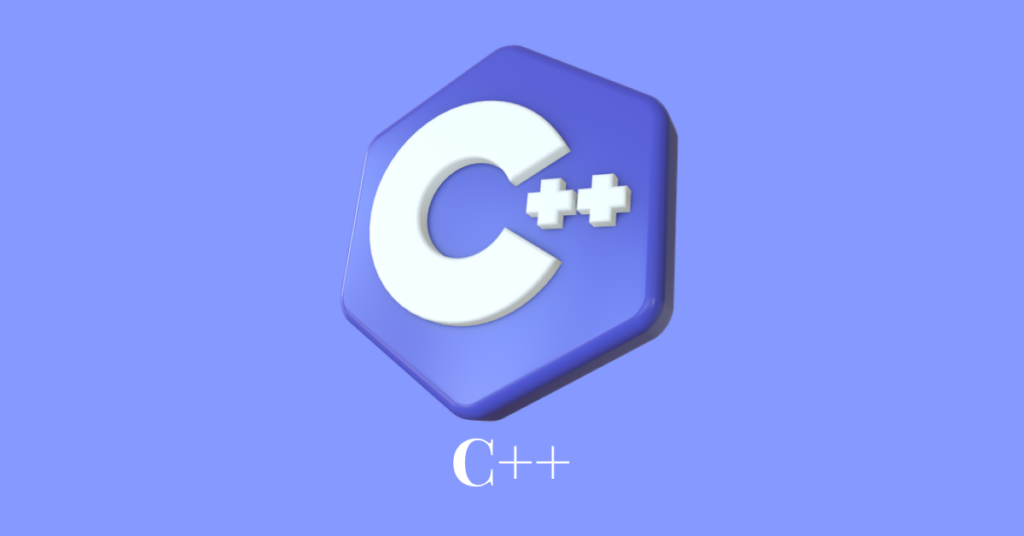
Language History:
C++ came into existence in the year 1985 when it was developed by Bjarne Stroustrup, a Danish computer scientist. It is indeed one of the oldest general-purpose, object-oriented programming languages. Over the years, we have witnessed its solid use in cryptocurrency development such as Bitcoin, Ripple, Stellar and EOS.
Advantages:
- Efficient Memory: C++ offers an array of benefits, with the primary advantages being having spectacular memory control and efficient CPU management.
- Running Threads: It is easy to run both parallel and non-parallel threads using the C++ language for blockchain.
- Compile-Time Polymorphism: C++ offers the helpful functionality of compile-time polymorphism that allows users to determine which function or operation to call based on types, order and number of arguments.
- Code Isolation: C++ also offers the feature of code isolation for various data structures.
Disadvantages:
- There is no garbage collection support in C++.
- Running C++ is limited to the Microsoft platforms.
- There is no built-in thread support.
- The language syntax is relatively harder to understand.
Examples:
- Bitcoin: The first blockchain and cryptocurrency in the world was created by using C++ blockchain programming language.
- Stellar: It is an open-source, decentralized platform for payments, cryptocurrency trades and payments. It also offers a crypto wallet.
- Ripple: It is another blockchain service provider that offers a real-time gross settlement system.
- EOS: It is an open-source blockchain protocol that can be used by programmers to develop and run dApps.
Final Review:
C++ is one of the most reliable languages for blockchain and can be used to create apps, smart contracts, and much more. Although it has a difficult syntax for a beginner, it is the oldest language.
6. Ruby
In the bustling world of Solidity and Rust, Ruby is often underestimated in its value. Ruby is a high-level, multi-paradigm (works on multiple platforms) and general-purpose programming language that is powerful for creating a diverse range of blockchain solutions. With this solid language for blockchain development, one can build robust, secure, and scalable blockchain applications.
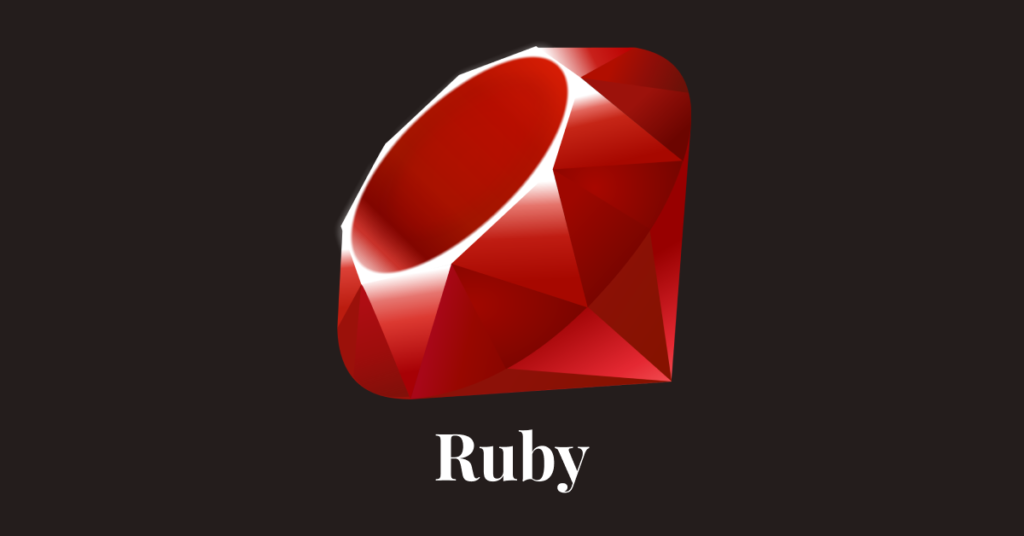
Language History:
Ruby was designed by Yukihiro Matsumoto, a computer scientist and software programmer in Japan in the mid-1990s. However, the language first appeared in 1995. This programming language gained popularity and became mainstream after the adoption of the Ruby on Rails framework.
Advantages:
- Developer-Friendly: Because of its impressively high readability of the syntax, it qualifies as a chosen gem for the best blockchain programming language for blockchain developers. Therefore, it is a win-win when creating smart contracts.
- A Pool of Libraries and Gems: Ruby has an extensive pool of libraries and gems from which you can choose. For instance, gems such as Ethereum and bitcoin-ruby act as a great entry point to the blockchain community.
- Large Community: Since Ruby is an open-source programming language for blockchain, it is backed by a massive community of developers across the globe.
Disadvantages:
- Ruby is not a good fit for handling large projects.
- It struggles with inefficient memory.
- It also has some performance issues.
- The language is not flexible to use.
Examples:
- Chain: It is a blockchain technology platform that offers tools for building and arranging blockchain applications. It is a developer-friendly platform to create blockchain-based applications using the available SDKs and APIs.
- Blockstack: It is a decentralized computing platform that is used to create decentralized apps, such as DeFi. The user gets complete control of the data when using Blockstack.
- Peatio: It is an open-source cryptocurrency exchange platform based on the Ruby on Rails framework. One can trade, withdraw, deposit and perform KYC/AML verification using this platform.
Final Review:
Ruby is the best blockchain programming language for a beginner who wants to build a blockchain application, as there is great community support for the language.
7. JavaScript
JavaScript is yet another one of the emerging languages for blockchain. Once, JavaScript was merely a browser scripting language. With the introduction of frameworks such as Node.js, JavaScript has expanded with advanced capabilities, one of them being blockchain development. It can be used mainly for real-time dApp interactions and communication between nodes.
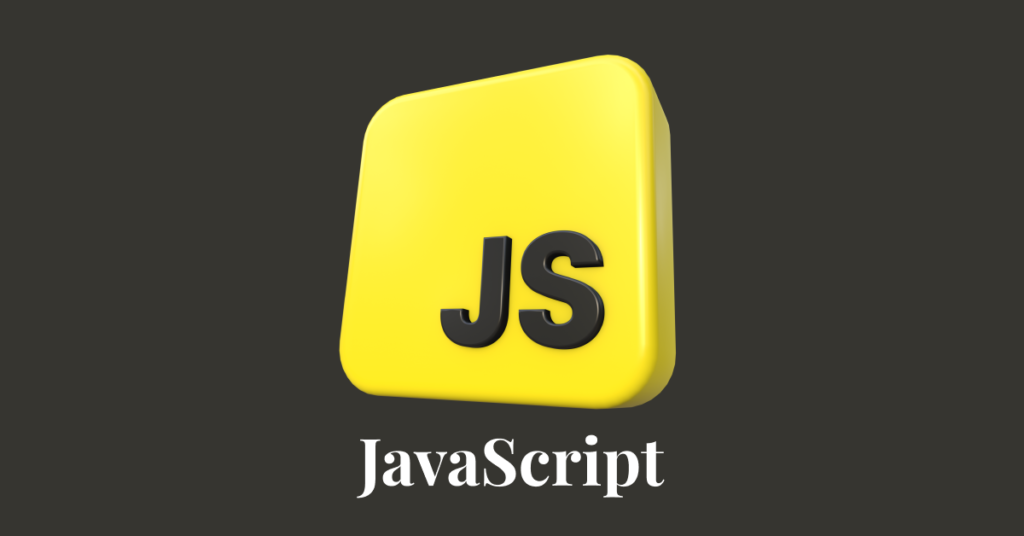
Language History:
JavaScript is an object-oriented language created by Brendan Eich, the former CEO of Mozilla. It was first made available for public use on December 4, 1995. It was first created for web development, but with the introduction of frameworks, it was gradually adopted by the blockchain community.
Advantages:
- Entry Point: Learning JavaScript is an easy entry point to the blockchain community because of its simpler syntax than C++.
- Functional Programming: It is one of the best blockchain programming languages because of functional programming. It is a paradigm that can be used to build computer programs without mutating data.
- Asynchronous Language: It is an object-oriented, prototype-based and asynchronous programming language that can handle communications easily between nodes in a blockchain network.
Disadvantages:
- It is very dynamic to consider it a blockchain programming language.
- Anyone can see the code.
- Its interpretation depends on the browser.
Examples:
- Topas City: Topas City has created a VR world by leveraging the programming language. The game is in the early development stage and consists of NFTs as items, in-game assets, and a blockchain-based data recording system.
- Your Place: Your Place is a JavaScript-powered community art experiment where contributors can add pixels of color to a canvas which, once completed, can be minted as an NFT.
Final Review:
If you’re new to both the blockchain ecosystem and coding, you can consider picking up the pace by learning JavaScript.
8. PHP
Expanded as a Hypertext Preprocessor, PHP is a server-side scripting language mostly used for web development. Almost 79% of all Internet websites are based on PHP. With the emerging blockchain technology, developers are looking for new ways to utilize PHP to create dApps (decentralized applications).

Language History:
PHP is an old programming language dedicated to website and web app development. It was created by a Danish-Canadian programmer named Rasmus Lerdorf in 1993. It was only in 1995 that it was made live for public use.
Advantages:
- Established Userbase: Since PHP is an old language that has been used by developers since the 90s, it can act as a reliable blockchain programming language without any syntax fuss.
- Enables Interoperability: A lot of blockchain networks can be interconnected with each other with the help of PHP. It allows the creation of interfaces to connect a diverse range of blockchain networks via middleware and APIs.
- Quick Development: PHP allows developers to build new applications quickly with high speed and efficiency. In the bustling world of blockchain, where speed is a significant metric, PHP can be a game-changer.
- Diverse Applications: PHP can be used to develop all sorts of systems that can work with dApps, smart contracts and communication-enabling interfaces across the blockchain ecosystem.
Disadvantages:
- PHP cannot be used independently for smart contract development. It usually needs another language, such as Solidity.
- It is not a native language for many blockchain platforms.
- It has a limited range of debugging tools.
Final Review:
Although PHP is not a dedicated blockchain development language, it can still be used to develop smart contracts, dApps and interfaces such as APIs for blockchain networks.
Bottom Line
Blockchain is an emerging technology that is ready to blow up at the speed of a bullet train. Even if you’re a beginner, there are a bunch of languages for blockchain development that can be deployed to build impeccable blockchain interfaces, dApps, NFT tokens and smart contracts. It is important to choose the right language for blockchain based on your expertise and understanding.
If you’re a blockchain-empowered business organization, startup or enterprise and you’re confused with the right blockchain programming language to choose for your next project, you can reach out to Deftsoft. We’re a premium blockchain development company with seasoned experts in smart contracts, dApps, ICO/IEO and STO and NFT marketplace development.
FAQs:
What are the various programming languages for blockchain?
There are numerous languages for blockchain that can be used in generating smart contracts and dApps. These languages include Solidity, Rust, Go, Motoko, C++, Ruby, JavaScript and PHP.
Should you choose JavaScript or Rust for blockchain development?
If you’re looking for a programming language that provides next-level performance and memory efficiency, Rust should be your choice of language. However, Rust’s syntax is sometimes difficult to comprehend if you’re a beginner. In such cases, you can stick to JavaScript, which offers great productivity.
Is it enough to learn Solidity for blockchain dApp development?
Solidity is Ethereum’s proprietary language. It is contract-oriented and adopted at a global level by blockchain developers. Its syntax is similar to JavaScript. However, Solidity is relatively more suitable for smart contract development than for dApp development. Yet, it is a flexible language that can also be used for dApp development.
How much coding is required for blockchain?
If you’re building a smart contract or dApp, it is imperative to learn coding. You can learn Solidity or Rust to build a sophisticated blockchain project. Other options include JavaScript, Go and C++.
Recent Articles
-
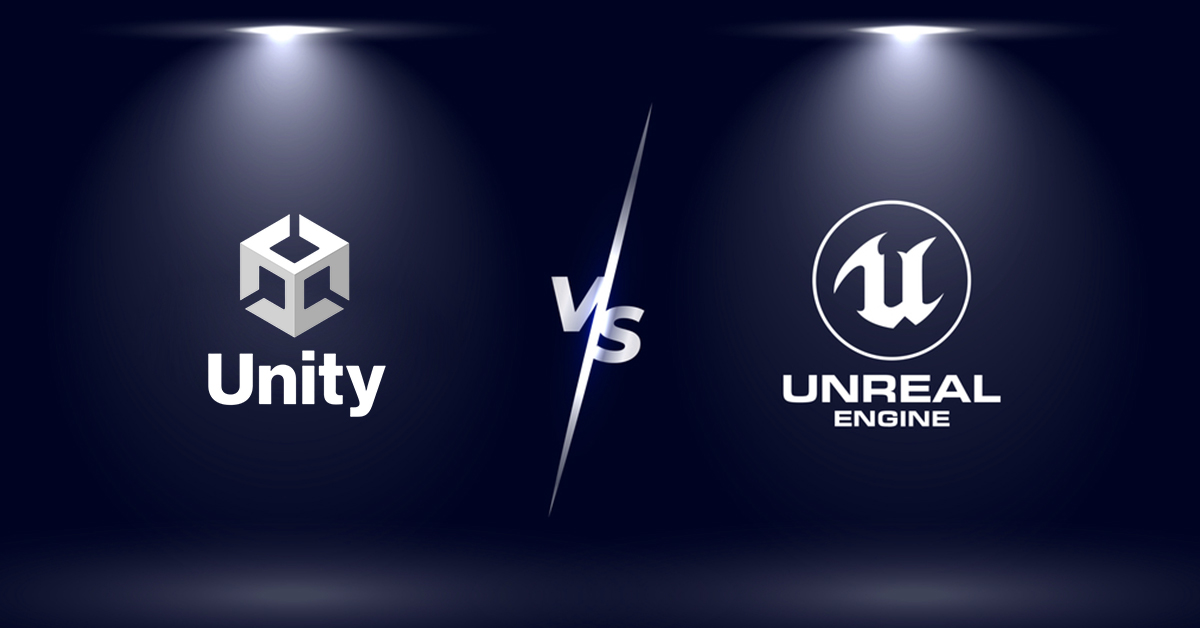
Unity vs Unreal Engine 5: Which is Better?
-

Non-Negotiable Tips for Developing a P2P Lending Platform
-

The 8 Leading Cross-Platform App Development Frameworks You Should Know
-

Step-by-Step Guide: How to Build a dApp on Ethereum with Ease
-

Why Does Your Business Need Blockchain Development Company’s Expertise?
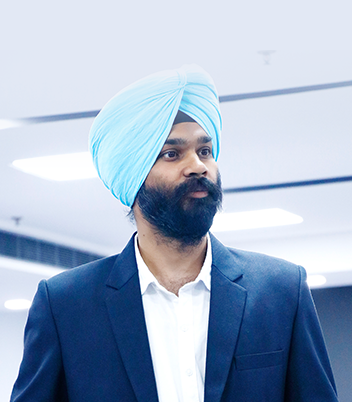
Paramjit Singh
 16th May 2024
16th May 2024